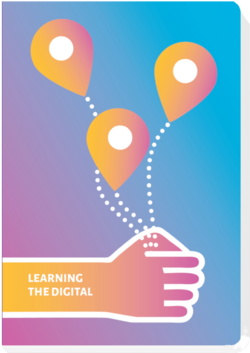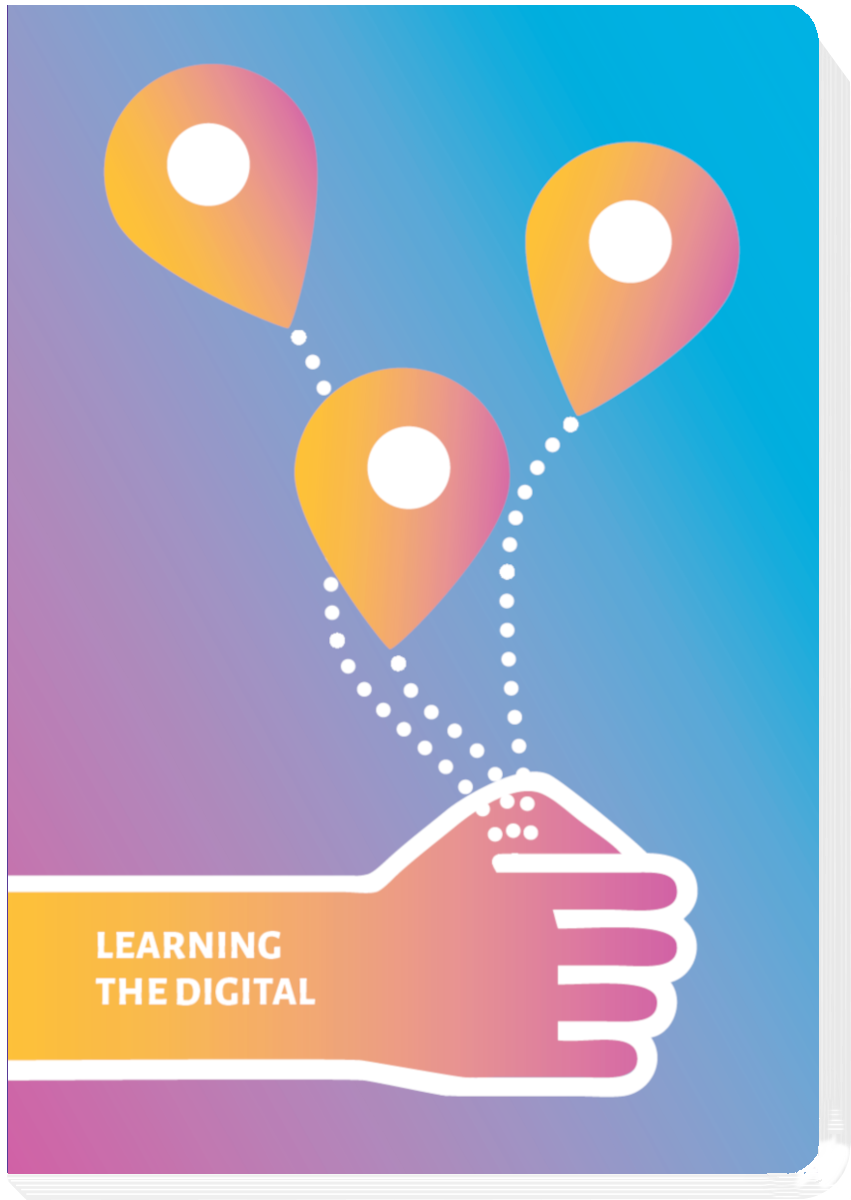While the Internet, based on the universal code provides means for a free and unlimited interaction and exchange of information between people (and machines?), there are questions concerning the certain freedoms (of choice, association, speech, etc.) that arise primarily with regard to two perspectives:
- the economic dimension targeting the monetization of data through “platforms” and
- the political dimension of systematic surveillance, and formation of people living partially or fully beyond fenced networks. (Here the example is often internet censorship and social scoring in China)
In taking a deeper look at the technical aspects and relation to human rights and fundamental freedoms, there arise a variety of questions:
- Who defines standards for setting social and political norms, geofences or blocking content?
- What are harmful and what are beneficial applications of it?
- Check your devices - what data is being collected, and to what companies does it belong?
- What other technical applications for tracking and surveillance are you aware of?
Freedom of the Net Report
Freedom on the Net is Freedom House’s annual survey and analysis of internet freedom around the world. It features a ranked, country-by-country assessment of online freedom, a global overview of the latest developments, as well as in depth country reports.
Examples for restricting networks
Geoblocking
Restricts access to Internet content based upon the user's geographic location. In a geo-blocking scheme, the user's location is determined using internet geolocation techniques, such as checking the user's IP address against a blacklist or whitelist, accounts, and measuring the end-to-end delay of a network connection to estimate the physical location of the user. YouTube users in Europe will be familiar with the information that certain content due to copyright laws cannot be streamed in certain regions/countries. One example is the “Great Firewall of China”, which is a package of technical measures, instruments and activities set in place to control internet access within China and between China and the outside world.
Censorship
Relates to a variety of instruments restricting or blocking access and content and limiting communication. There are a variety of categories related to content and to technical provisions that might be investigated when evaluating censorship in the digital environment:
- torrents
- pornography
- political media
- social media
- VPN´s
- VoiP& Messaging
Other measures are of quite a robust nature, e.g., hindering concrete persons or institutions from sharing, providing information or even from accessing information, which violates the right for information, freedom of speech and opinion, etc.
Resources on Censorship
- Internet Censorship 2021: A global Map of Internet Restrictions (2021, Paul Bischoff): https://www.comparitech.com/blog/vpn-privacy/internet-censorship-map/
- Internet Freedom Status (2021, Freedom House) https://freedomhouse.org/explore-the-map?type=fotn&year=2020
Geofencing
Uses technologies like GPS, or even IP address ranges to build their virtual fence. These fences can be used to track the physical location of a device in the particular region or the fence area. The location of the person using the device is taken as geocoding data and can be used further for advertising purposes, or for controlling certain areas. People using smartphone maps will be familiar with recommended locations, for example. There are applications which track the location of people in open prison systems and of kids moving, or of border area control.
Tracking
Refers to the constant recording of personal data over a certain time period and drawing information out of it. Tracking provides insights into the tracked population’s habits and thinking, and might even be used to guide human behaviour (e.g., for advertisement, instigating activity on a social platform, or channelling social behaviour).
Limiting interoperability
A way of restricting services and devices from connecting with each other and across systems – instead trying to lock users into proprietary systems.
Shutdown
Refers to the most radical intervention on the Internet of cutting off access to the free Internet or to specific social networks.
Tips for working with these topics
Explore with your group what kind of geo-blocking, censorship, geo-fencing and tracking they are aware of:
- Do you have experiences where your access and participation in the free Internet is or was regulated? Where concretely (e.g., as media consumer, platform user, active citizen)?
- What purpose do these strategies serve? What could be the reasons for enacting these measures? Are the measures preventing or limiting citizens’ rights?
- What may be positive and negative uses of controlling or limiting networks? What applications in everyday life are you aware of?
- In thinking about these strategies, what purpose do they serve in regard to human rights and democracy? Which rights are especially affected?
- Relevance of interoperability and access: There are not only political and geographic reasons to regulate these. A lot of services provided work on the basis of insular solutions, for example the Apple digital environment or Google’s Android platforms. What might be the reason? Explore also the alternative ideas represented by the FOSS movement (Free Open Source Software), CC (Creative Commons) and their vision of interoperability and accessibility.
- We are aware that, worldwide, in certain situations governments decide for internet network shutdowns: What purpose do they serve and what might prompt such a shutdown as a way of managing a problem?
Other activities suggested
References
- Internet Censorship 2021: A global Map of Internet Restrictions (2021, Paul Bischoff): https://www.comparitech.com/blog/vpn-privacy/internet-censorship-map/
- Internet Freedom Status (2021, Freedom House) https://freedomhouse.org/explore-the-map?type=fotn&year=2020
Georg Pirker
Person responsible for international relations at the Association of German Educational Organizations (AdB), president of DARE network.
handbook for Facilitators: Learning the Digital
This text was published in: M. Oberosler (ed.), E. Rapetti (ed.), N. Zimmermann (ed.), G. Pirker, I. Carvalho, G. Briz, V. Vivona (2021/22). Learning the Digital. Competendo Handbook for Facilitators.
Created in the frame of the project DIGIT-AL - Digital Transformation Adult Learning for Active Citizenship.










